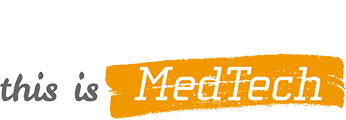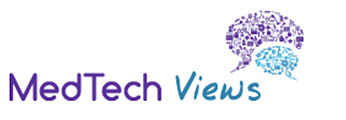Remote Patient Monitoring – Now or Never: Unlocking the Full Potential of Remote Patient Care
The background document ”Remote Patient Monitoring – Now or Never: Unlocking the Full Potential of Remote Patient Care” intends to showcase the potential of Remote Patient Monitoring (RPM) in six disease areas: (1) heart failure; (2) sleep apnoea; (3) musculoskeletal disorders; (4) chronic respiratory diseases; (5) chronic kidney disease; and (6) diabetes. The paper provides examples of potential benefits that RPM solutions may bring, followed by the barriers that prevent their wider use. Finally, eight considerations are set out to ensure the potential of RPM is deployed for the benefit of European patients, healthcare professionals, health systems and society.
During the COVID-19 pandemic, health systems urgently adopted digital health technologies to enable remote care to provide continuity and access to care for patients while protecting patients and medical staff from unnecessary risks. With the pandemic slowly receding, some health systems have progressed in widening access and uptake of these solutions.
Health systems have been paying more attention to the value of RPM solutions which allow health professionals to monitor the onset of disease and symptom progression remotely, engage with patients virtually to modify care plans and provide education on self-care based on changes in the patient’s condition.
Although the academic literature has begun to demonstrate the great potential of RPM solutions, still numerous barriers remain in place, including resistance to the integration of RPM solutions into the treatment pathway; limited access to early RPM funding; specific RPM value assessment frameworks not broadly adopted across Europe; interoperability challenges as well as data privacy and security aspects at the European level; and gaps of health and digital literacy in healthcare professionals and patients.
Posted on 26.04.2022


